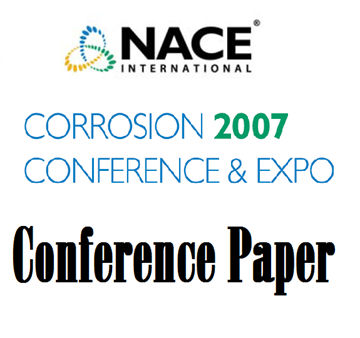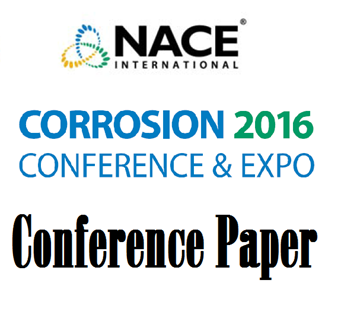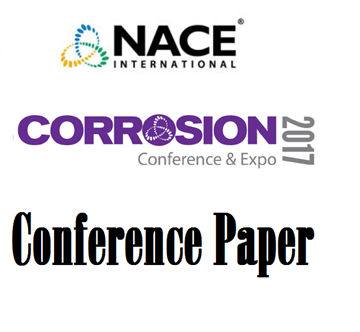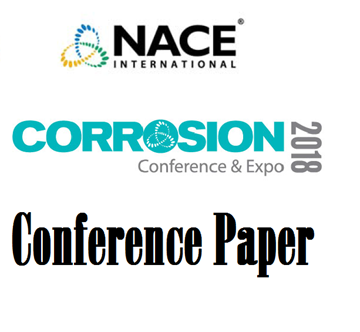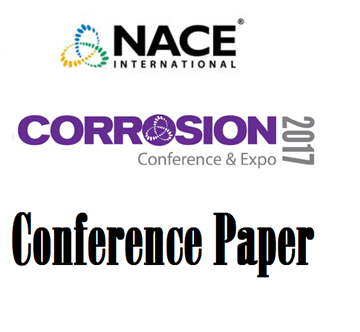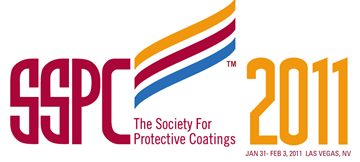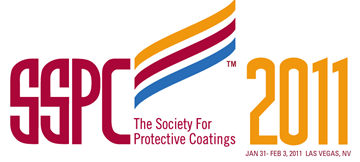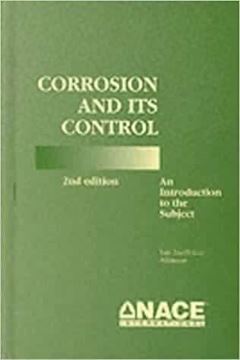Search
Products tagged with 'safety'
View as
Sort by
Display
per page
07570 The Top Ten Corrosion Issues Affecting HF Alkylation Units
Product Number:
51300-07570-SG
ISBN:
07570 2007 CP
Publication Date:
2007
$20.00
51316-7244-Eddy Current for Sizing Cracks in Canisters for Dry Storage Casks – Laboratory Measurements”
Product Number:
51316-7244-SG
ISBN:
7244 2016 CP
Publication Date:
2016
$20.00
51317-9311-Chemical and Mechanical Cleaning Case Study
Product Number:
51317-9311-SG
Publication Date:
2017
$20.00
51318-10671-The effective use of epoxy insulative coatings in the Oil & Gas industry
Product Number:
51318-10671-SG
Publication Date:
2018
$20.00
A Discussion on Rescue/Retrieval Operations from Elevated Legged Storage Tanks
Product Number:
41206-234-SG
Publication Date:
2006
$20.00
AC Interference and Mitigation: Heartland Case Study
Product Number:
51317--9461-SG
ISBN:
9461 2017 CP
Publication Date:
2017
$20.00
Advancements in High-Performance Fiber-Reinforced Polymer Composites: Challenges, Investigations, Safety, and Applications in Structural Engineering.
Product Number:
MECC23-20115-SG
Publication Date:
2023
$20.00
Blasting and Painting the Exteror of Three Five-Million Gallon Lead-Based Paint Coated Tanks without an Enshrouding Containment
Product Number:
41211-638-SG
Publication Date:
2011
$20.00
Coating Selection in the Norwegian Offshore Industry Where, What, and Why
Product Number:
41206-235-SG
Publication Date:
2006
$20.00
Corrosion Protection & Safety Assurance – Understanding Hazardous Location Conduit Systems for Safety and Performance
Product Number:
51219-184-SG
Publication Date:
2019
$20.00
Corrosion and Its Control: An Introduction to the Subject, Second Edition (e-Book)
Product Number:
37552-E
ISBN:
1877914711
Publication Date:
1995
$90.00

